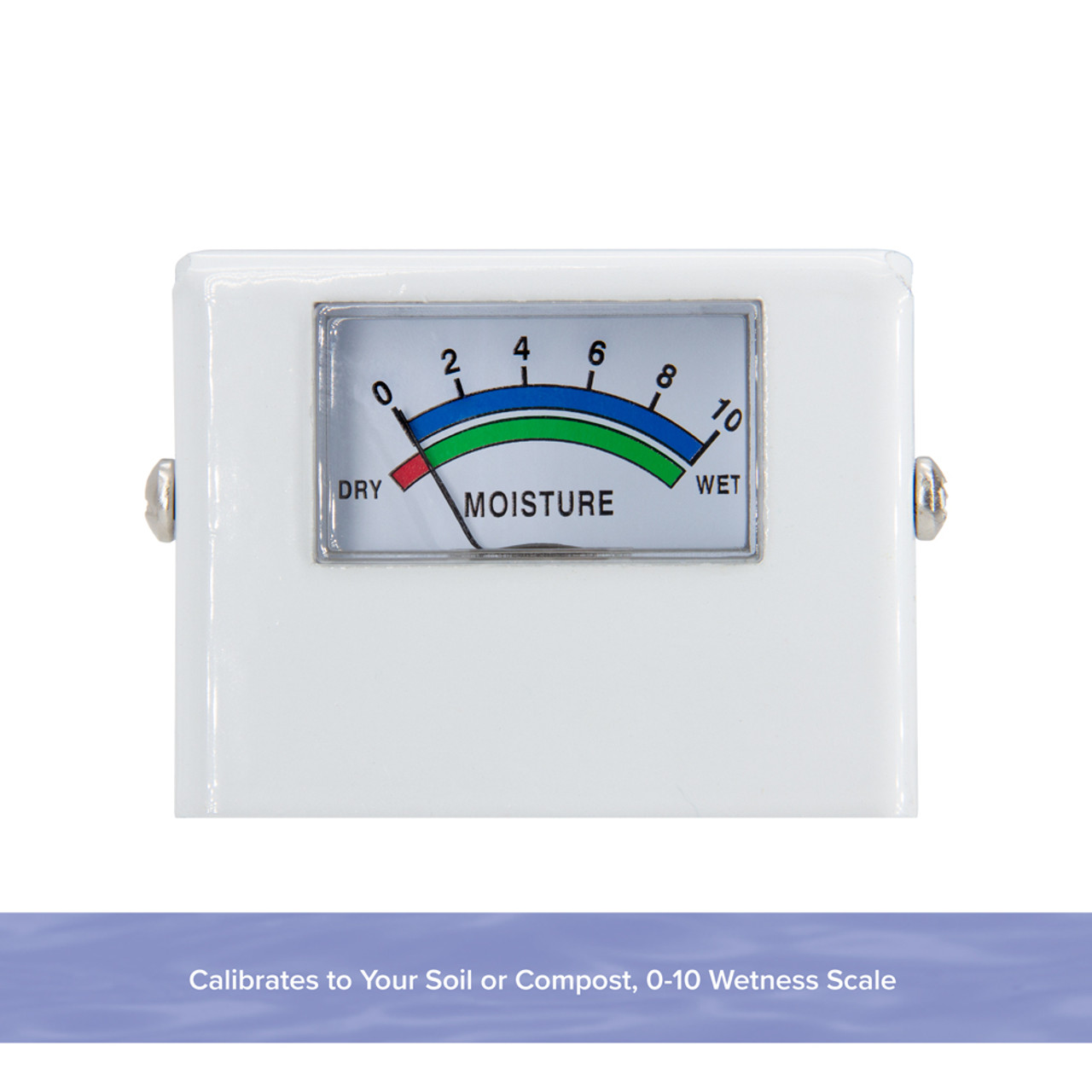The Ultimate Overview to Picking the Right Moisture Meter for Your Needs
The Ultimate Overview to Picking the Right Moisture Meter for Your Needs
Blog Article
Delve Into the Globe of Moisture Meters: Every Little Thing You Need to Know
In the realm of moisture meters lies a globe of precision and practicality that frequently goes unnoticed. These tools, while apparently straightforward, hold a wealth of details that can dramatically affect different industries and applications. Recognizing exactly how moisture meters operate, the various types offered, and their varied usages can clarify their importance in making certain high quality and efficiency. By discovering the ins and outs of moisture meters, one can reveal a useful tool that goes beyond mere dimension, providing understandings that can make a considerable difference in countless areas.
Just How Moisture Meters Work
Moisture meters operate by determining the electric conductivity or capacitance of materials to figure out the dampness content existing. These meters are invaluable tools throughout numerous industries, consisting of building, woodworking, and farming. By making use of various methods such as pin-type or pinless modern technology, dampness meters provide accurate readings that assist specialists make educated choices.
Pin-type moisture meters work by inserting the sharp pins right into the material being evaluated. On the other hand, pinless wetness meters use electromagnetic signals to scan a bigger location without triggering any type of damage to the material's surface.
Regardless of the approach utilized, wetness meters play a vital function in avoiding issues such as mold and mildew development, architectural damage, or product issues created by excess wetness. Comprehending how these meters job is crucial for making sure the high quality and stability of materials in numerous applications.
Types of Moisture Meters
Given the critical duty wetness meters play in various industries, it is important to recognize the various types readily available to experts for accurately examining moisture degrees - Moisture Meter. There are primarily 2 main kinds of wetness meters: pinless and pin-type wetness meters

On the various other hand, pinless wetness meters use electro-magnetic sensor plates to check a larger location of the material without creating any damages. This kind appropriates for rapidly scanning large areas and is generally made use of for flooring, walls, and ceilings. Pinless meters are convenient for taking readings on finished surface areas without leaving any kind of visible marks.
Both kinds of wetness meters have their benefits and are chosen based upon the specific demands of the work available. Understanding the differences in between these kinds is crucial for experts to make accurate moisture analyses.
Applications Across Industries
Building professionals count on moisture meters to analyze the wetness levels in structure materials like timber, concrete, and drywall, which is essential for keeping structural honesty and stopping issues like rot or mold and mildew. The flooring market check uses dampness meters to determine the dampness content in subfloors prior to installing different flooring coverings, protecting against costly problems due to excess wetness. In the food industry, wetness meters are used to keep an eye on and regulate moisture levels in items such as grains, nuts, and dried out fruits to maintain quality and top quality.
Tips for Using Moisture Meters
When gauging the moisture material in numerous products,Utilize the wetness meter's calibration setups to make certain accurate readings. Calibration is vital for the correct functioning of a moisture meter. Prior to each use, it is a good idea to examine and readjust the calibration setups according to the specific material being evaluated. Furthermore, ensure the meter is readied to the proper moisture variety for the product you are determining to get one of the most specific outcomes.
When making use of a pin-type dampness meter, put the pins to the proper deepness suggested for the material being tested. This makes sure that the wetness readings are drawn from the appropriate depth within the product, giving a much more precise representation of its moisture web content. For pinless dampness meters, bear in mind to keep appropriate contact with the Clicking Here product's surface area to get reputable readings.
Frequently check and replace the batteries in your wetness meter to stop inaccurate analyses due to reduced power. When not in use to lengthen its life expectancy and keep its accuracy, Shop the meter in a safe and completely dry place. By adhering to these tips, you can make the most of the efficiency of your moisture meter and acquire specific moisture web content measurements across various materials.
Maintenance and Calibration
To ensure the accuracy of dampness content measurements, normal maintenance and calibration of the wetness meter are crucial steps in its appropriate performance. Upkeep involves maintaining the moisture meter clean and complimentary from debris that can influence its readings. It is very important to adhere to the supplier's guidelines for cleaning up to avoid damage to the gadget. Furthermore, normal calibration is essential to verify the accuracy of the readings. Calibration changes the wetness meter to make certain that it gives consistent and reputable outcomes.
Calibration should be executed regularly, especially if the dampness meter is utilized frequently or in critical applications where specific measurements are called for. By calibrating the wetness and keeping meter frequently, individuals can trust the precision of the moisture material measurements gotten.
Conclusion

In verdict, moisture meters play a vital role in different sectors by accurately determining the dampness content of materials. Comprehending just how these devices function, the various types offered, and appropriate maintenance and calibration are vital for getting dependable outcomes. Whether in production, building and construction, or farming, using wetness meters assists make sure top quality control and performance in processes.

In final thought, moisture meters play an important role in various industries by properly gauging the dampness material of materials.
Report this page